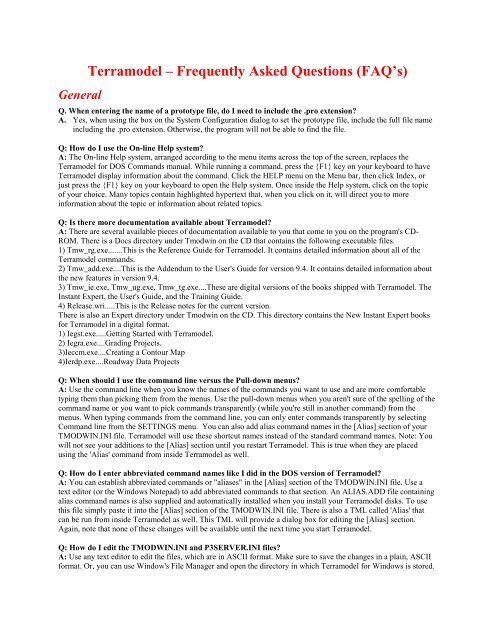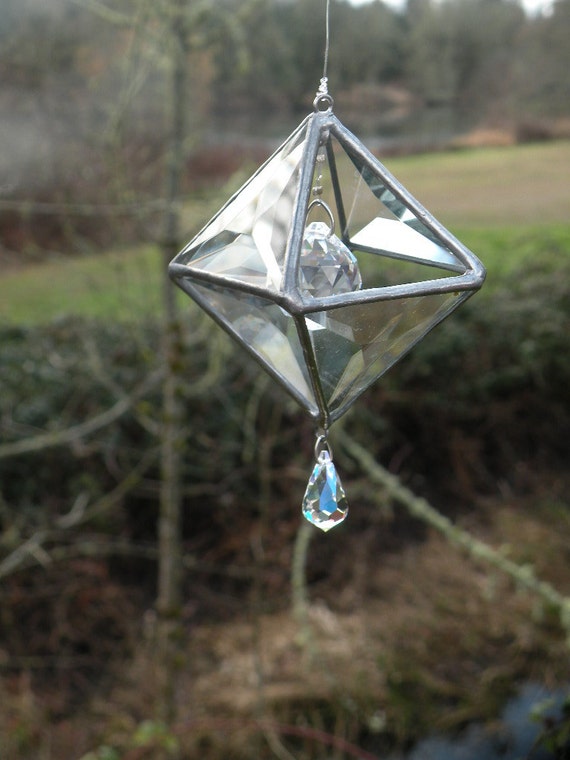
from California Institute of Technology (Cal Tech) in 1925. in chemical engineering from Oregon State University in 1922 and a Ph.D. His success as a scientist stemmed from his ability to cross traditional discipline boundaries, an uncanny ability to identify key questions, and courage to put forth new, although sometimes incorrect, ideas.īorn in Portland, Oregon, on February 28, 1901, Pauling received a B.S. Linus Carl Pauling was a prolific American chemist and, in his later years, a peace and health activist. Box 13-1 Who Was Linus Pauling? 13.3 Linus Pauling with a friend.In 1939, Pauling published The Nature of the Chemical Bond he subsequently won the Nobel Prize in Chemistry in 1954. At the same time, Linus Pauling (see Box 13-1) and other chemists realized the importance of X-ray techniques and conducted X-ray studies in efforts to further understand crystal structure and bonding.

Crystallographers used the new knowledge of bonding to analyze minerals. The Bohr model of the atom, the Schrödinger wave equation, and theories of ionic and covalent bonding were firmly established by the 1920s. While crystallographers were working on crystals, chemists were developing atomic theory. This model has passed the test of time and is accepted as the atomic arrangement in anhydrite today. Blue spheres are Ca +2 ions and yellow tetrahedra are sulfate (SO 4) groups. Wasastjerna in 1925 based on X-ray studies. This arrangement was first described by J.A. Figure 13.2 shows the arrangement of atoms in anhydrite (CaSO 4). Within a few decades after the discovery and development of X-ray diffraction techniques, most of the basic principles of crystal structures were well known. Before their pioneering work, scientists could not test competing hypotheses for the nature of crystal structures. We cannot overstate the importance of the discover of X-rays and the subsequent studies by Röntgen, von Laue, and the Braggs. Compositional variations in silicate minerals are directly related to the nature of the crystallographic sites in their structures.ġ3.1 The Impact of X-ray Crystallography 13.2 The atomic arrangement in anhydrite.Atoms pack tightly together in some minerals in others, atoms are in networks with geometric shapes.The strength of an ionic bond is an ion’s charge divided by its coordination number.Most common cations bond to 3, 4, 6, or 8 anions alkalis and other large ions bond to more.




 0 kommentar(er)
0 kommentar(er)
